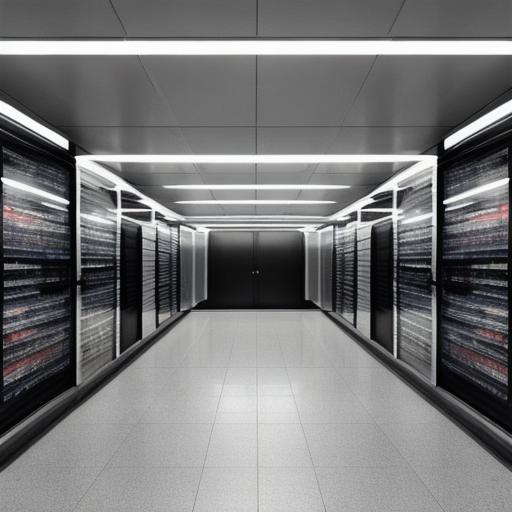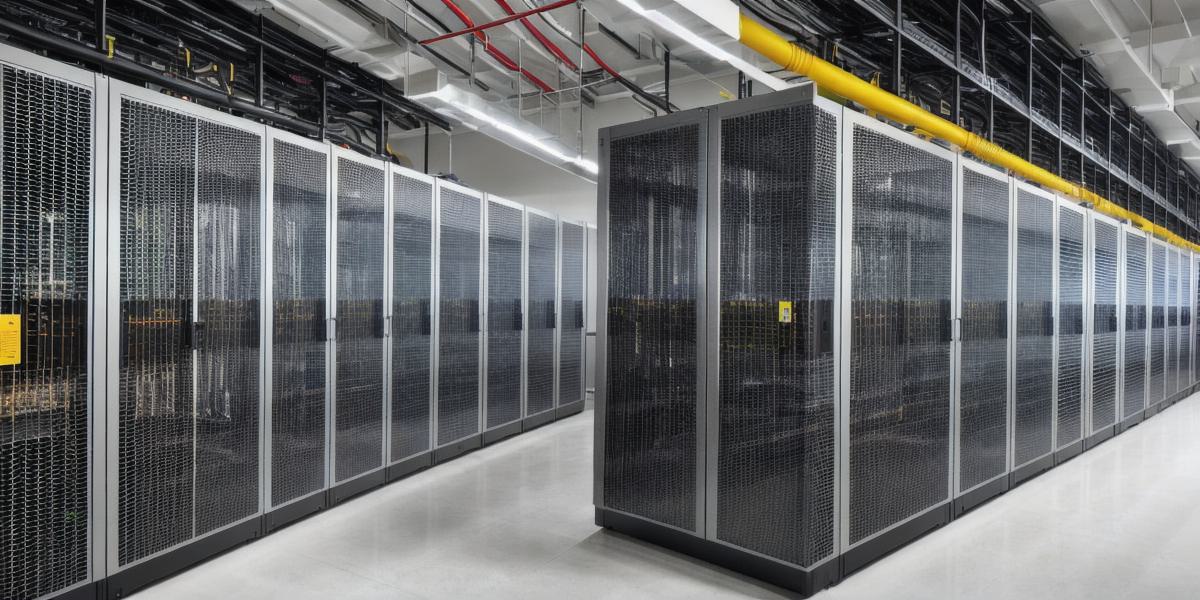Data centers are the backbone of modern businesses, powering mission-critical applications and digital services. Designing an effective data center layout is essential for ensuring optimal performance, reliability, and energy efficiency. In this text, we’ll discuss some best practices for designing a data center layout that caters to your organization’s needs.
1. Hot and Cold Aisle Containment
One of the most important aspects of a well-designed data center is proper airflow management. Hot and cold aisle containment is an effective method that separates hot (exhaust) and cold (intake) airflow paths to maximize cooling efficiency. Ensure that servers and other equipment are placed alternately, with hot aisles on one side and cold aisles on the other.
2. Power Management
Power management is another crucial component of data center design. Consider implementing power distribution units (PDUs) and uninterruptible power supplies (UPS) to ensure reliable power delivery and backup during outages. Additionally, consider installing power monitoring systems to identify potential issues before they cause downtime or performance degradation.
3. cabling Management
Effective cabling management is essential for minimizing cable clutter and reducing the risk of errors or network downtime. Utilize a well-planned cabling infrastructure, such as a star topology or a closed loop design, to ensure that all components are easily accessible and properly labeled. Additionally, consider implementing fiber optic cables for increased bandwidth and longer transmission distances.
4. Space Utilization
Maximizing space utilization is important in data center design to minimize costs and increase efficiency. Implement a raised floor or overhead cabling system to accommodate power and data distribution, allowing for more efficient use of the available floor space. Additionally, consider implementing modular or containerized designs to easily expand or reconfigure your data center as needed.
5. Fire Suppression and Safety
Fire safety is essential in a data center environment, where electrical equipment and combustible materials can pose a significant risk. Implement fire suppression systems such as early warning smoke detection, fire extinguishing agents (such as FM-200), or even fireproof containment walls to minimize the impact of potential fires. Additionally, ensure that all personnel are properly trained in fire safety procedures and that appropriate emergency response plans are in place.
6. Environmental Conditions
Maintaining optimal environmental conditions is vital for ensuring optimal performance and reliability from your data center equipment. Consider implementing temperature and humidity control systems to maintain a consistent environment, as well as air filtration and circulation systems to minimize the risk of dust or other contaminants affecting your hardware.

**Conclusion:**

Designing an effective data center layout involves careful consideration of various factors, including power management, cabling infrastructure, environmental conditions, fire safety, and hot and cold aisle containment. By implementing these best practices, you can create a data center that ensures optimal performance, reliability, and energy efficiency, while minimizing the risk of downtime or hardware failure.
